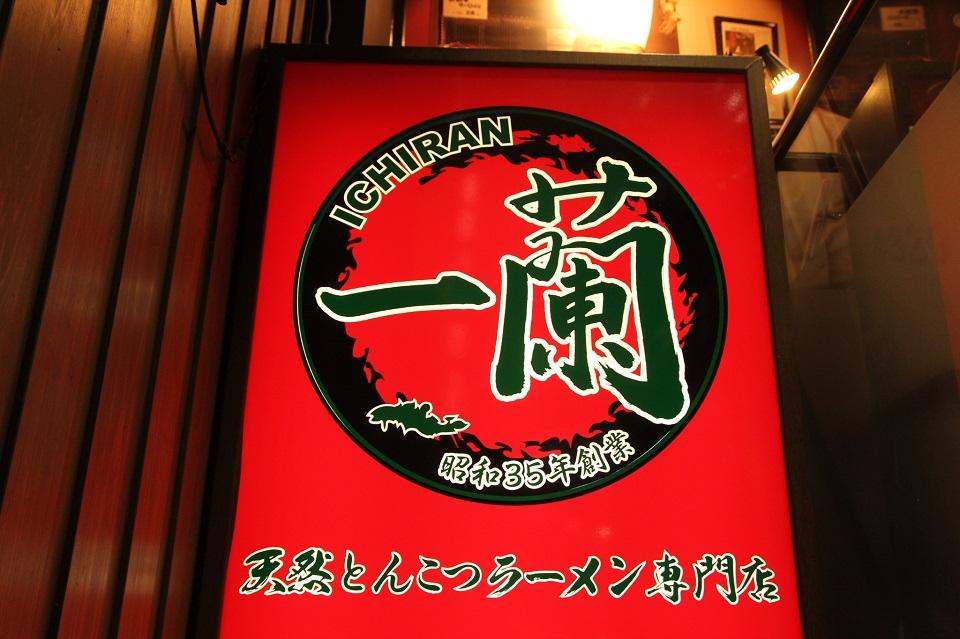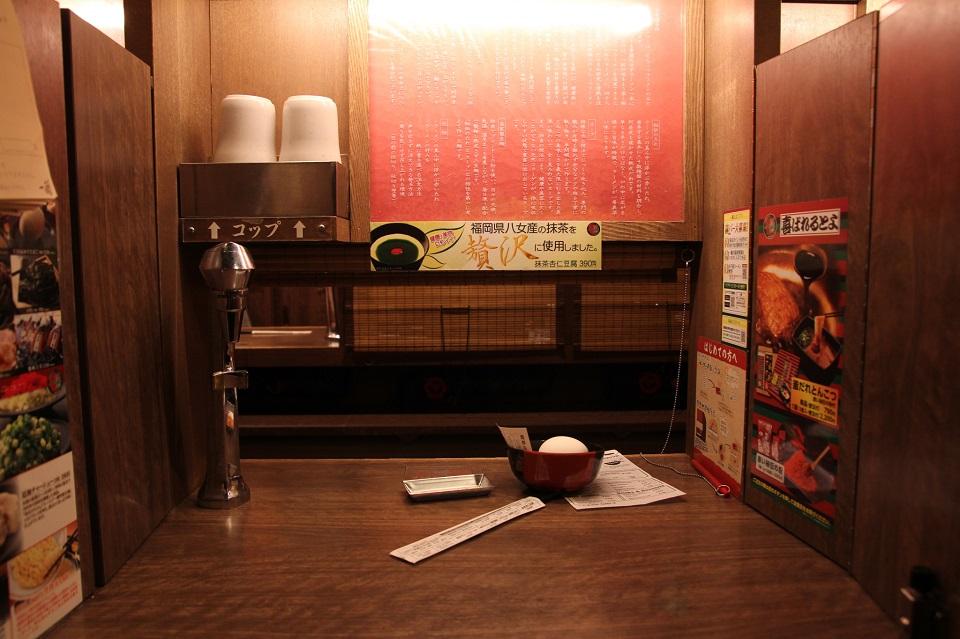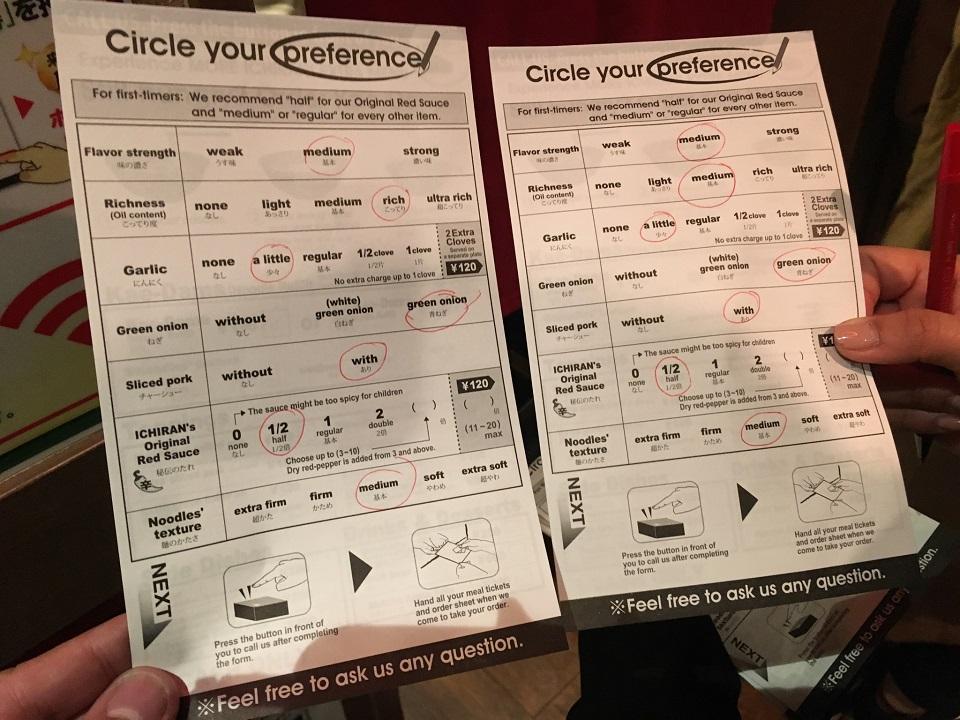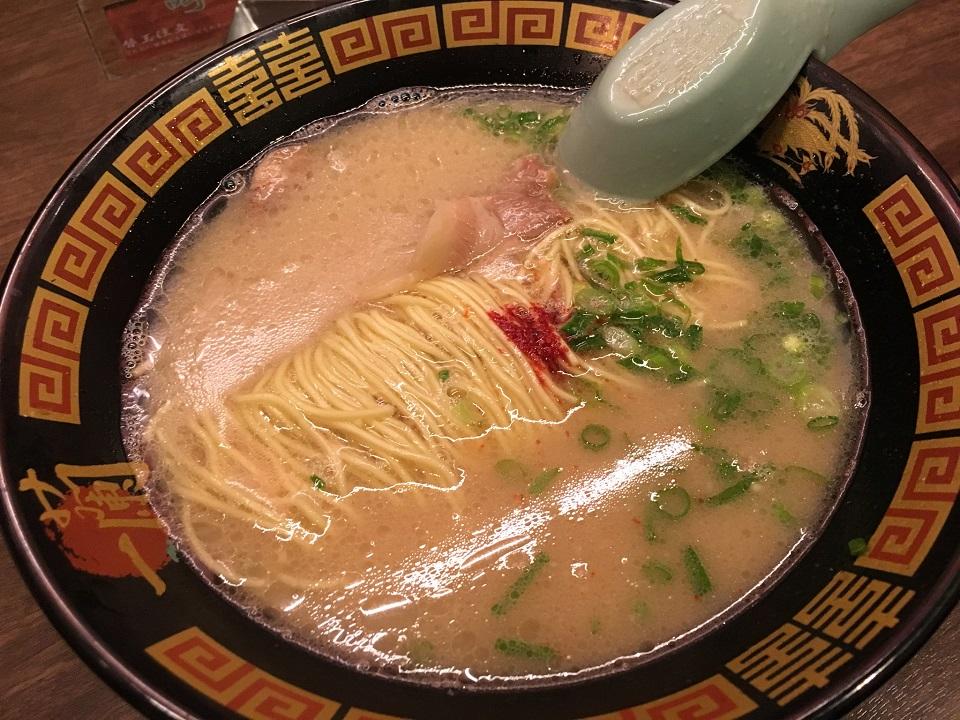Tokyo’s Ichiran is a dining experience in ramen minimalism

Even with the bright lights and dizzying, multi-directional pedestrian crossings of Shibuya, Tokyo, the bright red flag emblazoned with two distinct kanji easily caught my eye and instantly drew the foodie in me towards the basement of Ichiran’s Shibuya branch.
Waiting in line in the 6-8° Celsius weather of an early February Sunday just for a bowl of tonkotsu (pork-bone broth) ramen would be insane—if Ichiran was just an average, run-of-the-mill ramen chain.
Zero interaction, self-seating chart, and “flavor concentration” booths are three of the restaurant's trademarks. Founded in Fukuoka more than 45 years ago, there are currently 60 local branches all over Japan, two in Hong Kong, and another one in Brooklyn, New York.
Estimating that the 6:00 p.m. queue of 10 or so people in front of me and my wife was something bearable and worth waiting for, we decided to go to the end of the line to experience something not yet available in the Philippines.

Hiden No Tare
Like most local ramen joints, Ichiran has vending machines where diners choose the side dishes they want. There are English subtitles as well as mouth-watering pictures to assist foreigners, but staying true to their minimalist approach, Ichiran serves only one type of ramen: tonkotsu ramen and nothing else.
A plain bowl of Ichiran ramen costs ¥890 (P395.50 as of posting). The option of adding a half-boiled salted egg (ajitsuke tamago) costs another ¥120, while a refill of noodles (kae-dama, ¥190) or half-refill (¥130) is recommended for those with big appetites. Once the payment is secured, small pieces of paper serve as meal tickets for your order.
A staff member then hands you a piece of paper on top of a clipboard for you to choose your preferences and customize your bowl of ramen: flavor strength (weak, medium, or strong), richness (from none to ultra rich), garlic (none to a whole clove), green onion (without, white part, or green onion), with or without sliced pork, amount of Hiden no Tare (Original Spicy Red Sauce), and noodle texture (extra firm to extra soft).

There is a note above the preference sheet recommending first-timers to choose half for the Original Red Sauce, and medium or regular for all the other items. My wife and I basically chose the same options for our bowls of ramen, except for richness (rich for me, medium for her).
Gone in seven minutes
With only 21 “flavor concentration” booths for patrons, it took a few more minutes before we could enter the ramen “arena”. Each booth is physically separated by wooden panels while interaction between the chefs in the kitchen and the diner is limited to a small, bamboo curtain. Orders arrive fast once we were seated, then quickly followed by intense slurping of steaming broth and perfectly cooked noodles.
The first slurp of the classic pork broth ramen was actually nothing new or exciting, but mixing the small dollop of red sauce gave the dish a new dimension. Slightly spicy with just the right amount of kick, choosing a half portion of this red delight goes a long way. The bowl of ramen, from the noodles, broth, green onions, and chashu (sliced pork) is done just right and mine was completely gone in probably seven minutes.

I ordered an extra bowl of noodles in advance knowing that I usually leave extra broth when eating ramen and that I was extra hungry that Sunday evening. I placed the metal plate with “Extra Noodles Medium” label at the front ("To Call Button") of my booth, and the bamboo curtain once again went up so that Ichiran’s staff could place my order of extra noodles in front of me.
Like most things considered oishi (delicious) in Japan, Ichiran’s tonkotsu ramen is worth waiting in line for. And the best part of not having this growing ramen chain in Philippine shores? We get a reason or “excuse” to book another Japan trip just to order a steaming bowl of ramen together with Ichiran's signature red sauce.
Itadakimasu! — BM, GMA News
Ichiran Shibuya is just a 400-meter walk from Shibuya Station but has other branches in popular Japanese areas/regions like Osaka (Umeda, Dotonbori), Kyoto, and Tokyo (Asakusa, Shinjuku, Roppongi, etc).




